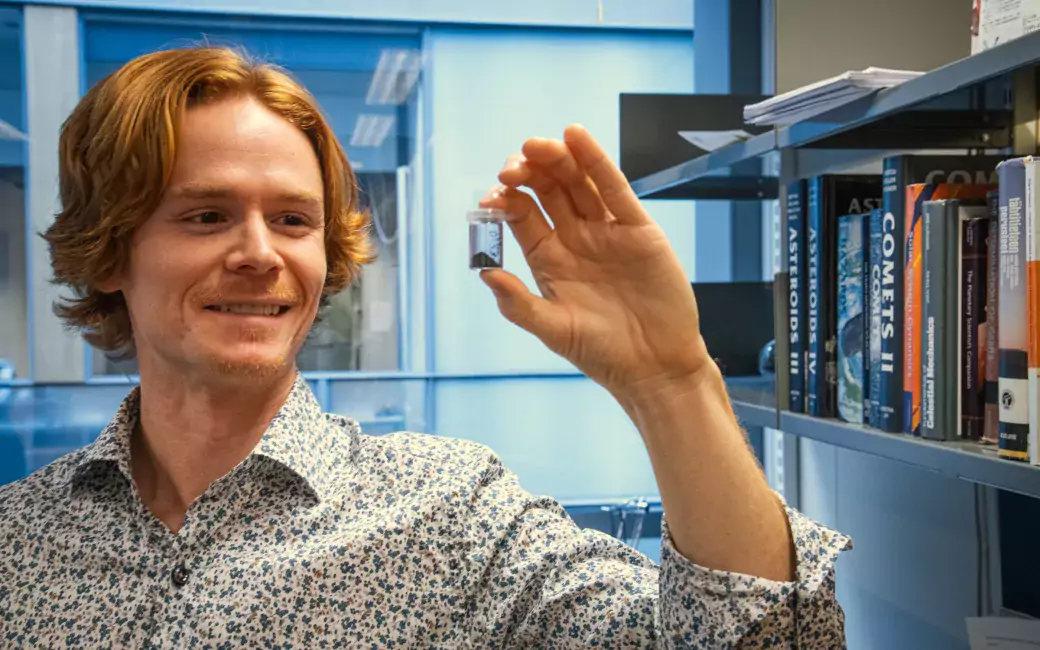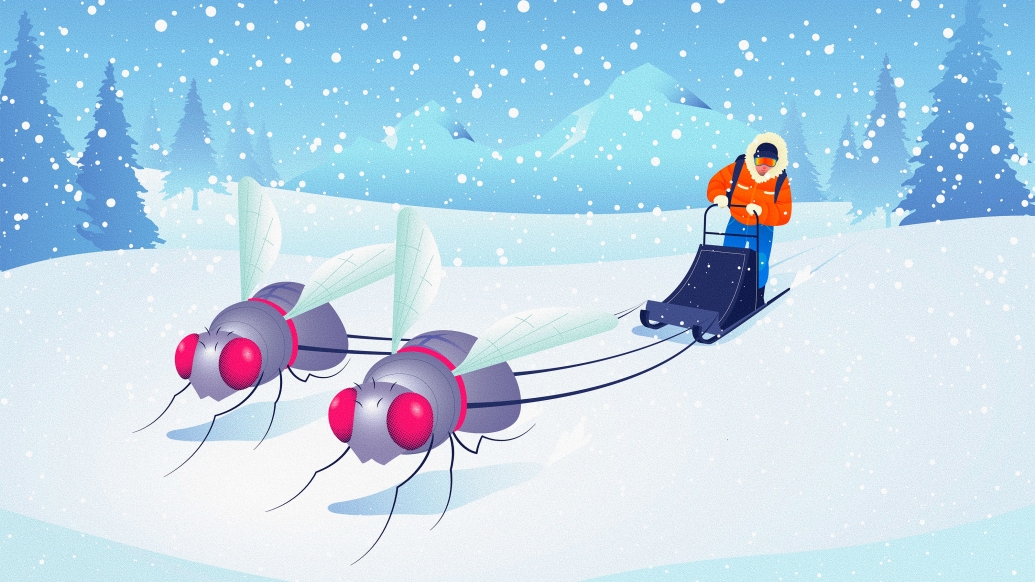
A new semiconductor architecture integrates traditional electronics with photonic, or light, components could have application in advanced radar, satellites, wireless networks and 6G telecommunications. And it provides a pathway for a local semiconductor industry.
Researchers at the University of Sydney Nano Institute have invented a compact silicon semiconductor chip that integrates electronics with photonic, or light, components. The new technology significantly expands radio-frequency (RF) bandwidth and the ability to accurately control information flowing through the unit.
Expanded bandwidth means more information can flow through the chip and th...
Read More








Recent Comments